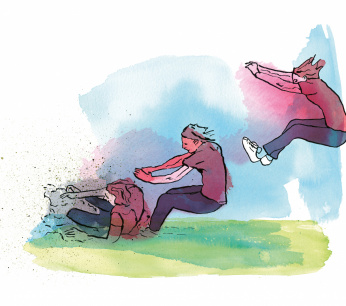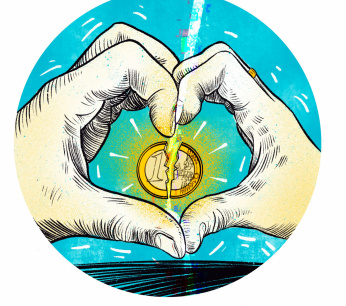Keuzegids sounds the alarm about teacher training courses
Students of teacher training courses for secondary education take longer than average to complete their studies and obtain their diplomas less often. The Keuzegids warns against this.

Image: pixabay
In the fight against the teacher shortage, the Ministry of Education has come up with all kinds of things to make teacher training courses more attractive. For example, students do not pay half the tuition fee for one but two years and more side entrants are admitted.
But according to the Keuzegids, the proportion of trainee teachers who graduate within five years is below the national average and the dropout rate in the first year is also much higher. Especially the students who later want to teach a language at a secondary school are left out. Where almost half of HBO students have a diploma within five years, that percentage is 27 in the language teacher training. Students who follow the teacher training for science subjects or social subjects are doing slightly better: 35,8 percent of science students obtain a diploma within five years. For students who are learning to teach a social subject, that percentage is 33,2.
According to the Keuzegids, the proportion of trainee teachers who graduate in five years is below the national average and the dropout rate in the first year is also much higher.
In addition, the figures from the Keuzegids show that fewer students from teacher training courses are moving on to the second year. The Keuzegids emphasizes that study success and transfer rates are above average at the PABOs.
In a press release let the organization know that the figures are clear. 'It's not enough to get students into teacher training, they also have to successfully complete their studies. Although the intake of teacher training courses has increased over the past three years, this does not solve anything if the students subsequently do not complete the training.'
Ancient judgments
In the introduction to the guide, the editors make no mention of the major problem of this edition of the Keuzegids: it is not based on new satisfaction assessments from students at government-funded universities of applied sciences. The Keuzegids could do little about that. When the National Student Survey proved to be unreliable this spring, only the universities and private institutions wanted to cooperate in a recovery operation of the NSE. And so the Keuzegids Hbo and previously Elsevier only had old HBO judgments available.
In the Keuzegids, these judgments count as usual for 70 percent of the study rankings. The other 30 percent depends on new figures about study success and the quality judgments of experts, who approve the programs once every six years. Another new feature is that the student assessment 'enough contact hours' has been replaced by the assessment 'feasibility'.
Little difference
All in all, it yields an institutional ranking that differs little from last year. As in 2018, Avans in Brabant is the best large university of applied sciences in the Netherlands. The Hague University of Applied Sciences, the University of Applied Sciences Utrecht and the University of Applied Sciences of Amsterdam have changed stuivertje of the last. Of the medium-sized institutions, which often score slightly higher, the Christelijke Hogeschool Ede is the leader, just like last year.
For the first time, the Keuzegids has looked at two-year associate degree programs. The enthusiasm for Windesheim is greatest, especially about the courses in entrepreneurship, software management and engineering. NHL Stenden distinguishes itself with good two-year tourism courses, such as hotel management.


